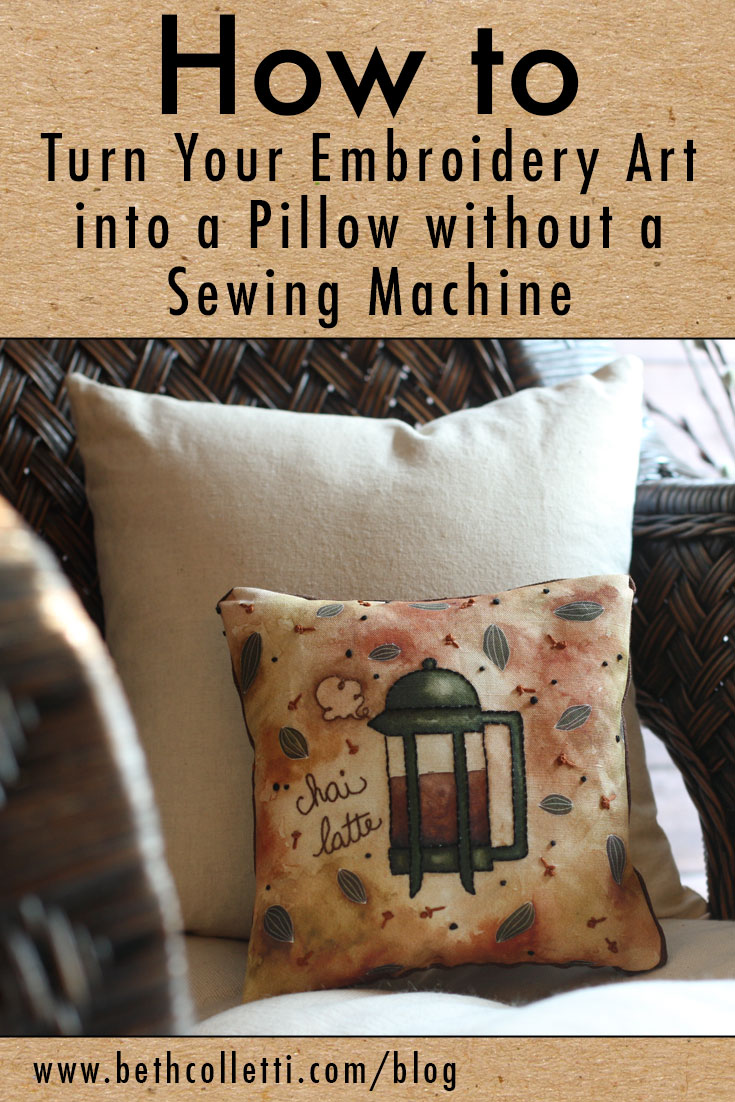Unique Art Can Be Fun For Anyone
Table of ContentsGetting My Unique Art To WorkThe smart Trick of Unique Art That Nobody is Talking AboutGet This Report on Unique Art10 Simple Techniques For Unique Art
While one could dispute which art type holds priority, the truth stays that each of these seven forms gives a distinct home window right into human background, culture, and advancement. They are the tapestries that chronicle our trip, reminding us of our past while inspiring visions for the future.Excellent art work tells a story, makes people look twice, and creates a special experience that can't be matched. Art and images communicate all of that via shade, form and other style elements. Find out exactly how to make your distinct artwork stand apart from the crowd.
3 Emil DervishIn this entryway by Emil Dervish that beautiful cobalt blue door takes the show. To bring much more dramatization, he prolonged the paint. to the doorframe and the wall surface up, finishing in a curved shape. The contours, along with a spherical sconce, soften the edges - Unique Art. Structures classic posters and maps of beloved locations established the scene.
8 TRIA GIOVANEqual components grand and laidback, this entrance hall designed by Anthony Baratta is the ideal blueprint to follow if you're decorating an official entry that still really feels unfussy and comfortable. Patterned fabrics take spotlight (see the rugs and the sofa), but they additionally aid bring the high ceilings down to a human scale when hung over wallpaper.
Unknown Facts About Unique Art
18 Heidi Caillier DesignA gallery wall surface doesn't need to take up the whole room. Often a little one can make a bigger style statement. In this living-room, Hiedi Caillier chose micro-mini frameworks and an arbitrary structure. Promotion - Continue Analysis Below19 Stephen Kent JohnsonDesigner Juan Carretero went with a deep green paint color to comparison with the light wood finishes.
, the expression of concepts and feelings, with the development of particular visual high qualities, in a two-dimensional aesthetic language. The aspects of this languageits forms, lines, colours, tones, and texturesare made use of in numerous means to produce feelings of quantity, space, movement, and light on a flat surface area. These elements are combined into meaningful patterns in order to stand for real or superordinary phenomena, to analyze a narrative motif, or to produce wholly abstract aesthetic relationships.
Later the concept of the "fine artist" created in Asia and Renaissance Europe. Prominent painters were afforded the social status of scholars and courtiers; they authorized their job, decided its style and often its subject and images, and developed a more personalif not always amicablerelationship with their customers. During the 19th century painters in Western societies began to lose their social position and safe and secure patronage.
The Greatest Guide To Unique Art
Others made an earnings via touring exhibitions of their job. The need to interest a marketplace had changed the similar (if less impersonal) needs of patronage, and its result on the art itself was most likely comparable as well. Unique Art. Usually, artists in the 20th century might reach an audience just through industrial galleries and public museums, although their work may have been periodically duplicated in art periodicals
For the background of painting in ancient Egypt, see Egyptian art and style. The development of paint in different areas is dealt with in a variety of articles: Western paint; African art; Central Eastern arts; Chinese paint; Islamic arts; Japanese art; Korean art; Indigenous American art; Nautical art and style; South Oriental arts; Southeast Asian arts. over here For a discussion of the imitation of jobs of art, see imitation. For a discussion of the role of painting and various other arts in faith, in addition to of using spiritual icons in art, see spiritual significance and iconography. For details on various other arts associated with paint, see write-ups such as attracting; individual art; printmaking. , also when a paint's narrative symbolism is unknown.
Do not copy the style of other artists if you're looking for your style. Copying various other people's art work can be excellent in educational functions but it will certainly not make you closer to discovering your own unique style. Your creative style needs to be, what you such as and what influences you.

The Unique Art Ideas
You require to attempt great deals of various choices and discover every little thing before you can concentrate on one particular style or you'll be tired, or even worse, you'll hate your own style. I suggest you to attempt every solitary topic that you're interested in, explore as much as you can. Attempt different tools that thrill you and brand-new techniques you've never attempted before.
With time you'll have the ability to sort all of them into your favored and the very least preferred groups. Attempt to concentrate your attention on the topics and mediums that you like and before you see it coming you'll have your very own individual and distinct style, like no one else have! In the end you'll have a couple of preferred topics to repaint and maybe a try this website few favored mediums.
